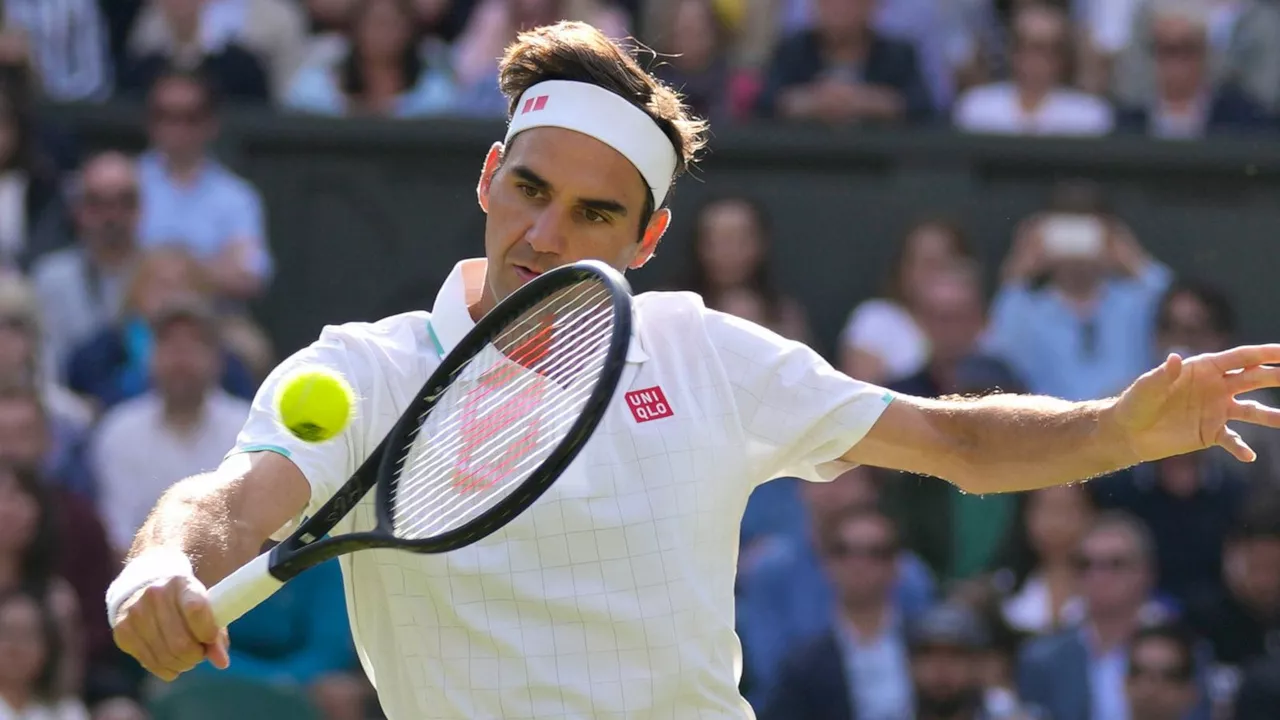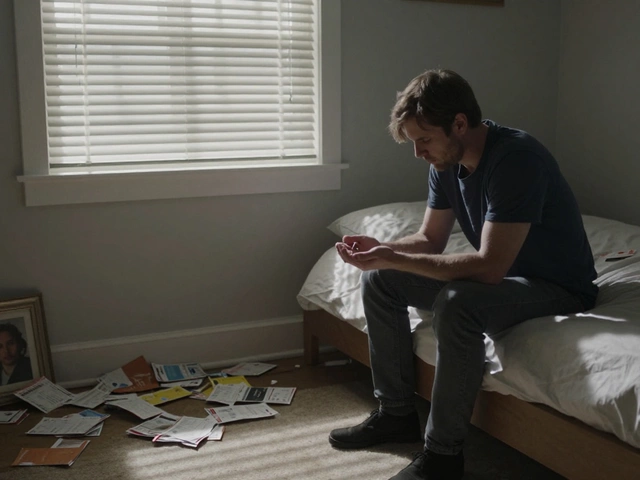Retirement – Planning Your Next Chapter
When thinking about retirement, the stage where a professional athlete stops competing and starts a new phase of life. Also known as career transition, it requires financial planning, health management, and personal goal setting. retirement isn’t just an end point; it’s a pivot that can open doors to coaching, business, or education.
In tennis, players often face retirement in their early thirties because of intense travel, match wear, and injury buildup. This sport‑specific timing creates a unique need for early preparation. Many pro players start thinking about their next move while still on tour, blending training with networking for post‑career opportunities.
One of the biggest factors influencing when a player decides to call it quits is injury. physiotherapy, targeted rehab and strength work that helps manage chronic pain and improve mobility can extend a career by months or even years. However, even the best physiotherapy plan can’t erase the wear and tear forever, so athletes must weigh the benefits of continuing versus the risks of long‑term damage.
Coaching, guiding younger players through technique, strategy, and mental toughness often becomes the natural second career for retired tennis pros. Coaching provides a steady income, keeps former players connected to the sport, and lets them share hard‑won experience. It also satisfies the desire many athletes feel to stay on the court in a different role.
Retirement encompasses career transition, and that transition frequently requires a solid financial plan. Budgeting for reduced earnings, investing in education, or starting a small business are common steps. Athletes who ignore financial fundamentals may find the post‑sport period stressful, which can affect health and well‑being.
Key Considerations for a Smooth Transition
First, map out your goals: Do you want to stay in tennis as a coach or commentator, or explore an entirely new field? Second, assess your health: Chronic shoulder or elbow issues, often treated with physiotherapy, will dictate how quickly you can shift to less physically demanding roles. Third, build a support network that includes financial advisors, mentors, and former players who have already navigated retirement successfully.
Finally, remember that retirement isn’t a one‑time event but a process. Many athletes start a part‑time coaching gig while still competing, easing the economic impact and providing a taste of life after the tour. Others use their brand to launch products, like custom tennis balls or rackets, leveraging the equipment knowledge they gained during play.Below you’ll find articles that dive deeper into each of these aspects: from the lifespan of a tennis ball to the role of physiotherapy in extending a career, and from how top players use coaches to the decisions behind leaving the sport. Explore the collection to get practical tips that can help you plan a confident and purposeful retirement.


